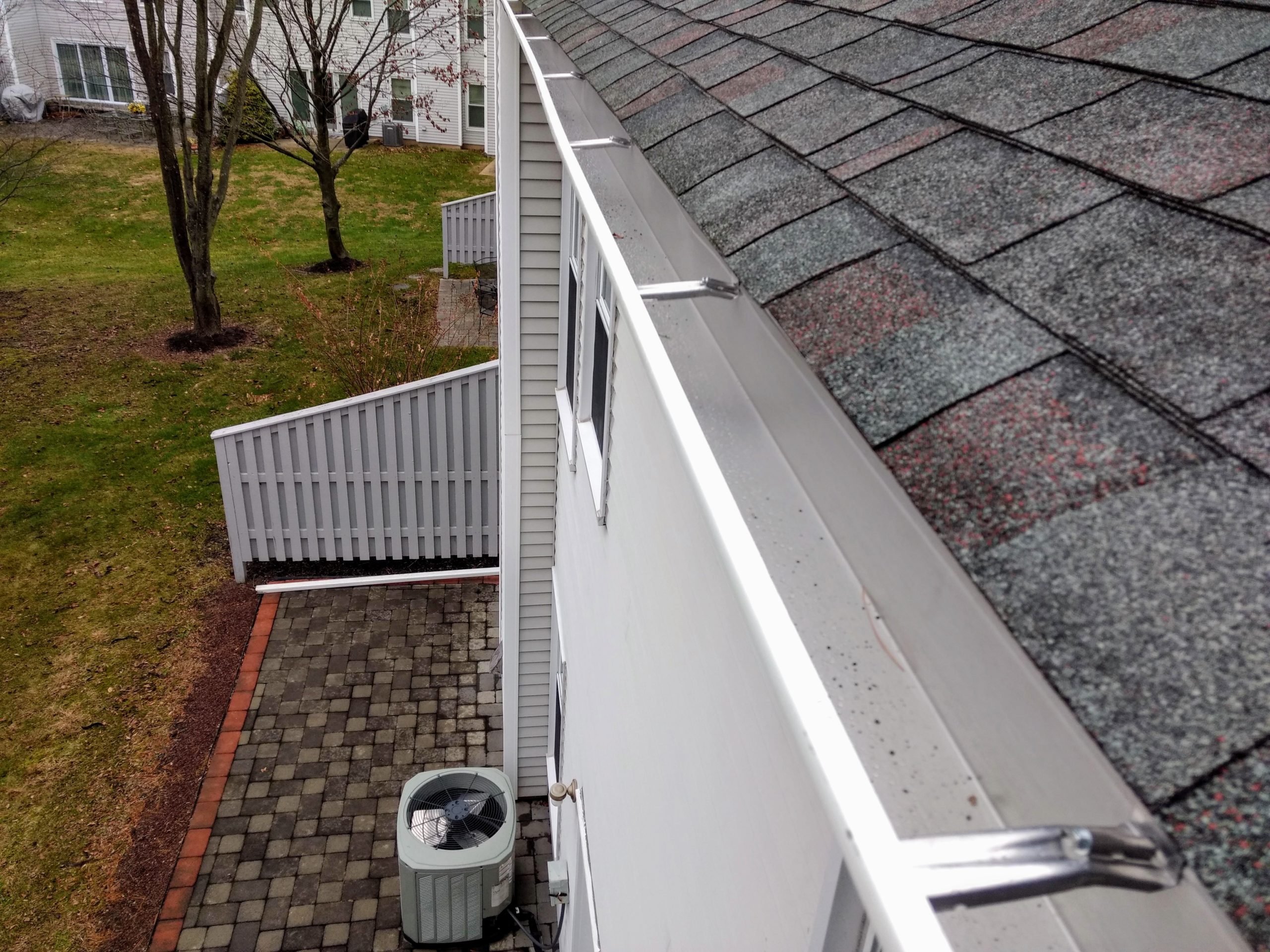Gutters play a vital role in protecting your home from water damage, but they can often go unnoticed until problems arise. Regular maintenance is key, but knowing the signs that your gutters need repair can help you catch issues early and prevent costly damage. Here’s a homeowner’s manual to the top signs your repair gutters may need attention.
1. Water Overflowing from Gutters
What to Look For:
If you notice water spilling over the sides of your gutters during rain, it’s a clear indication that they are clogged or not functioning properly.
What to Do:
- Clear Blockages: Start by removing any debris that may be clogging the gutters. This includes leaves, twigs, and dirt.
- Check the Downspouts: Ensure that downspouts are clear as well. If water continues to overflow after cleaning, consider adjusting the slope of the gutters or installing additional downspouts.
2. Sagging or Pulling Away from the House
What to Look For:
Gutters that appear saggy or have pulled away from the fascia board are often unable to channel water properly.
What to Do:
- Inspect and Tighten Brackets: Check the mounting brackets and tighten any loose screws. If brackets are damaged, replace them.
- Reposition or Add Support: If sagging persists, reposition existing brackets or install additional ones for added support.
3. Cracks or Holes in the Gutters
What to Look For:
Visible cracks, holes, or rust spots can indicate that your gutters are at risk of leaking.
What to Do:
- Seal Small Cracks: Use a high-quality gutter sealant or caulk to fill small cracks and holes. Clean the area first for proper adhesion.
- Replace Damaged Sections: For larger holes or extensive rust, it may be necessary to replace the affected section of the gutter.
4. Peeling Paint or Staining on the Siding
What to Look For:
If you notice peeling paint or dark stains on the siding, this may be a sign that water is spilling out of the gutters and onto your home.
What to Do:
- Inspect for Leaks: Check your gutters and downspouts for leaks. Address any leaks or clogs to prevent further damage to your siding.
- Repaint as Necessary: Once repairs are made, repaint the affected area to restore its appearance and protect it from moisture.

5. Mold or Mildew Growth
What to Look For:
The presence of mold or mildew around your home’s foundation or on the siding can indicate poor drainage due to malfunctioning gutters.
What to Do:
- Inspect Gutters: Check for blockages or leaks in your gutters that could be causing water to pool around your foundation.
- Address Water Flow Issues: Make necessary repairs to ensure that water flows away from your home, reducing the risk of mold growth.
6. Rust or Corrosion on Metal Gutters
What to Look For:
If you have metal gutters, rust spots or corrosion can be a sign that they need repair or replacement.
What to Do:
- Remove Rust: Use a wire brush to clean off rust, then apply a rust-inhibiting primer and paint to protect the metal.
- Consider Replacement: If the rust is extensive, replacing the gutters with a more durable material, such as aluminum or vinyl, may be the best option.
7. Puddles or Erosion Around the Foundation
What to Look For:
If you notice puddles forming around the base of your home or signs of erosion, your gutters may not be directing water away properly.
What to Do:
- Check Downspouts: Ensure that downspouts are functioning and directing water at least three to four feet away from the foundation.
- Add Extensions: If necessary, install downspout extensions to help direct water further away from your home.
Conclusion
Being proactive about gutter maintenance can save you from costly repairs and water damage to your home. By recognizing these signs that your gutters need repair, you can take timely action to address issues before they escalate. Regular inspections and maintenance will ensure that your gutters remain in good condition, protecting your home for years to come. If you find any issues that are beyond your skills, don’t hesitate to call in a professional to handle the repairs.
